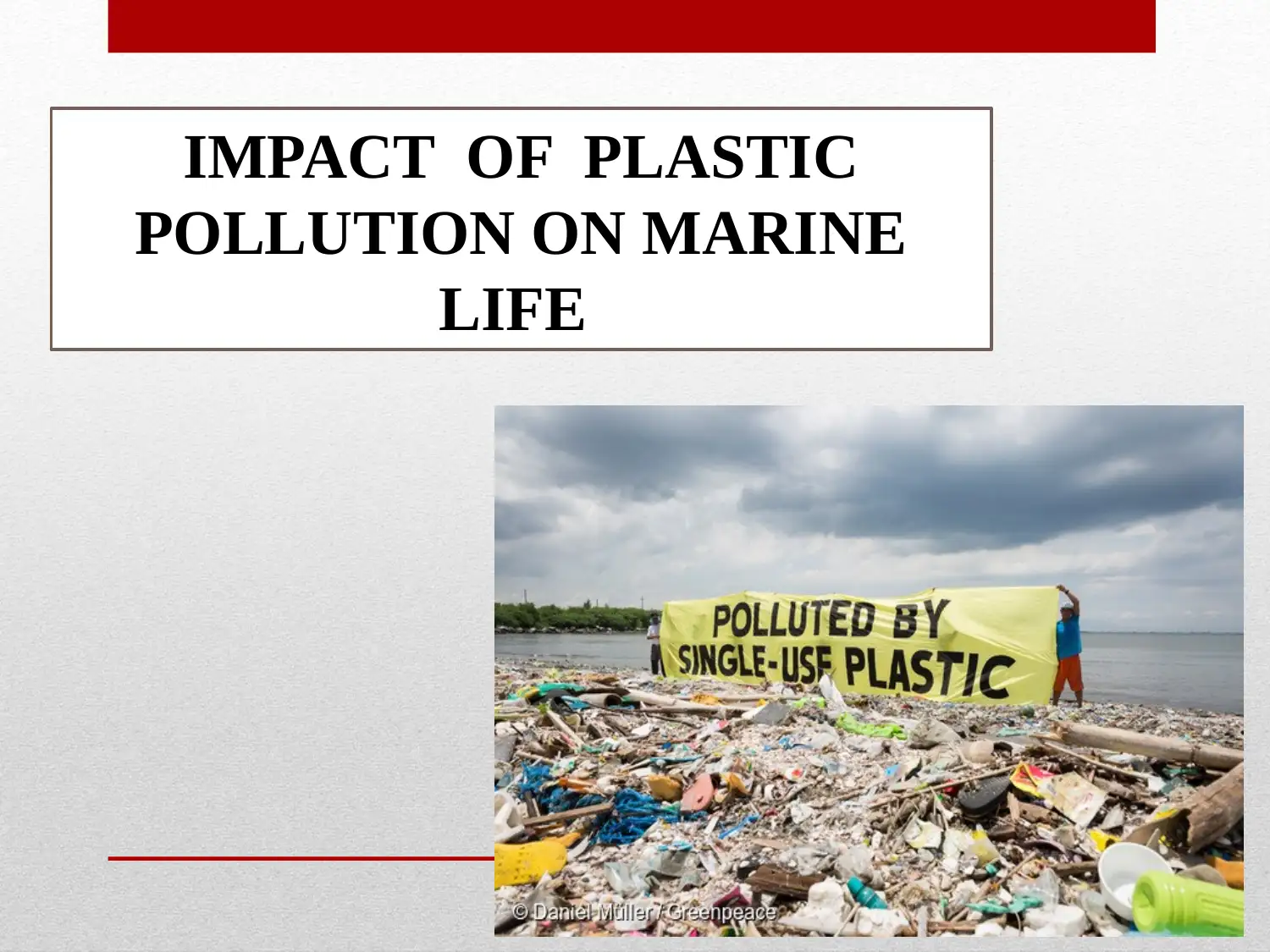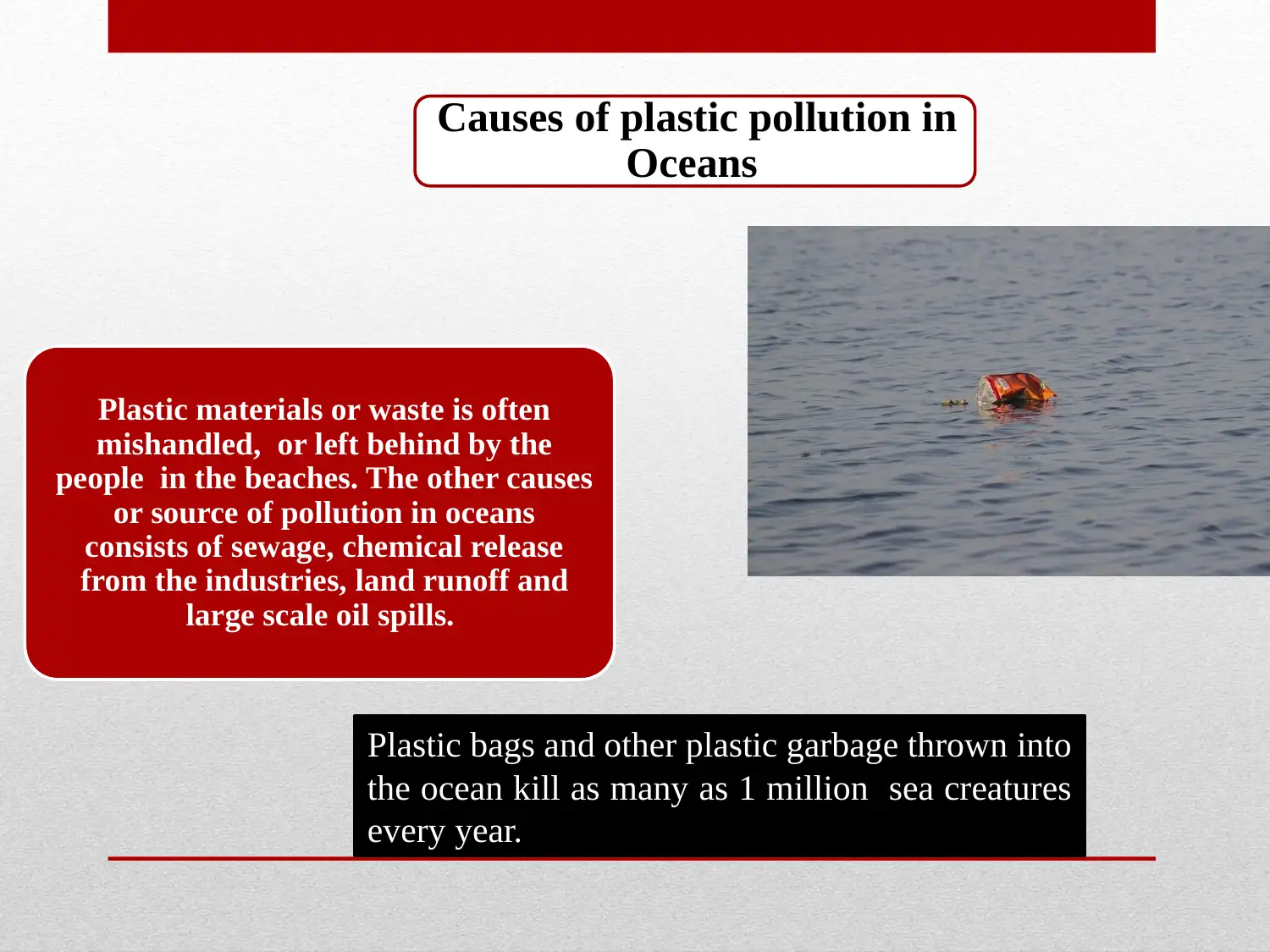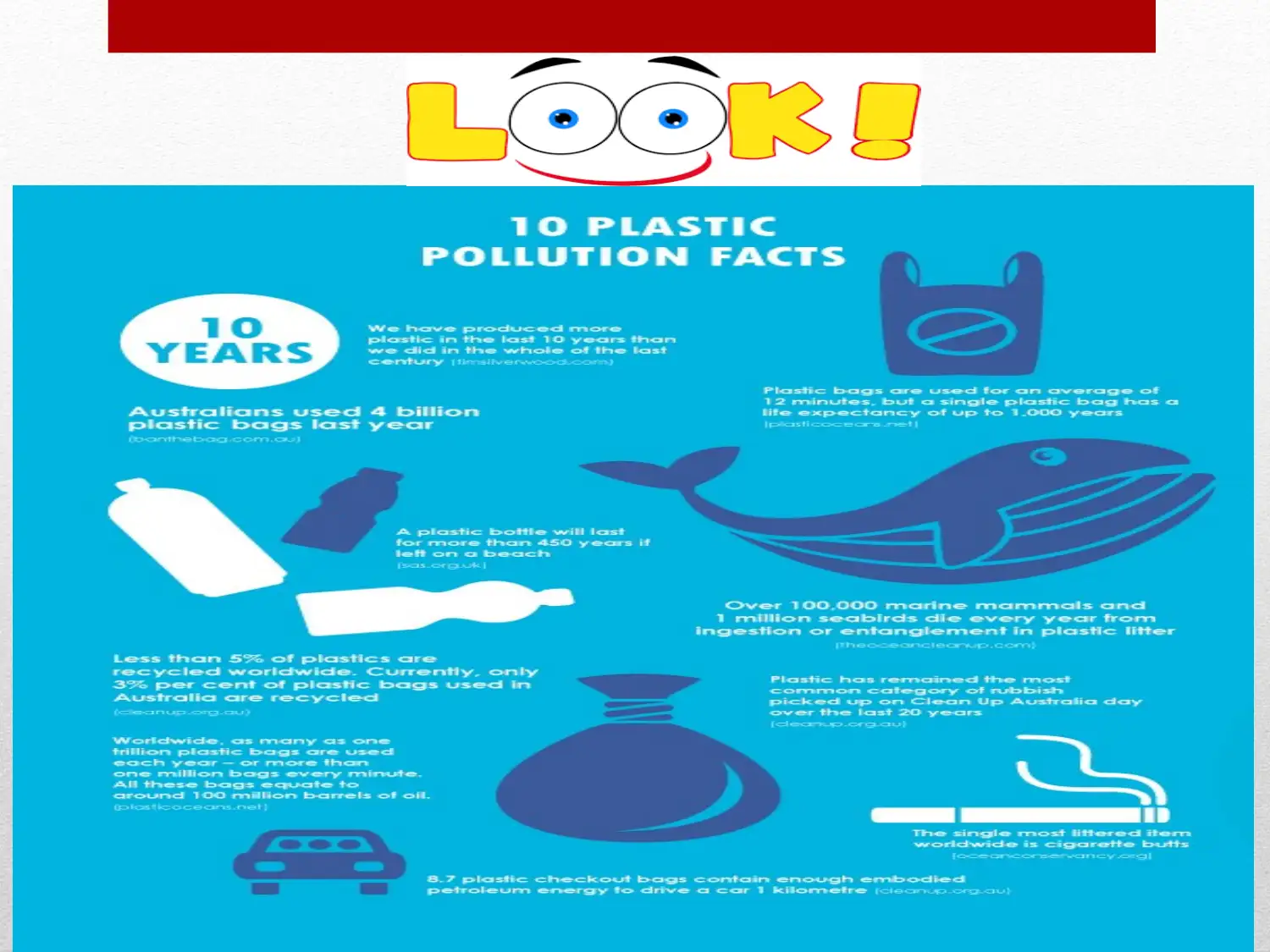Comprehensive Report: Plastic Pollution and Marine Life Consequences
VerifiedAdded on 2023/02/01
|20
|1378
|88
Report
AI Summary
This report provides a detailed analysis of plastic pollution's devastating impact on marine life. It identifies plastic materials like polystyrene, nurdles, and plastic bags as major contributors to oceanic debris, emphasizing rivers as significant waste sources. The report highlights the entanglement of marine animals in discarded fishing lines, ingestion of plastic by various species, and the resultant starvation, suffocation, and infection. It explores the impact on major species like dolphins and sea birds, and the dangers of plastic bottles. The report also discusses the toxic elements in plastic, and its pollution of land, water, and air. The report suggests measures like reducing plastic use, recycling, banning microbeads, and public awareness to mitigate the problem and protect marine ecosystems. The report references key studies on plastic waste input, litter effects on marine life, and international policies to reduce plastic pollution.
1 out of 20



















![[object Object]](/_next/static/media/star-bottom.7253800d.svg)